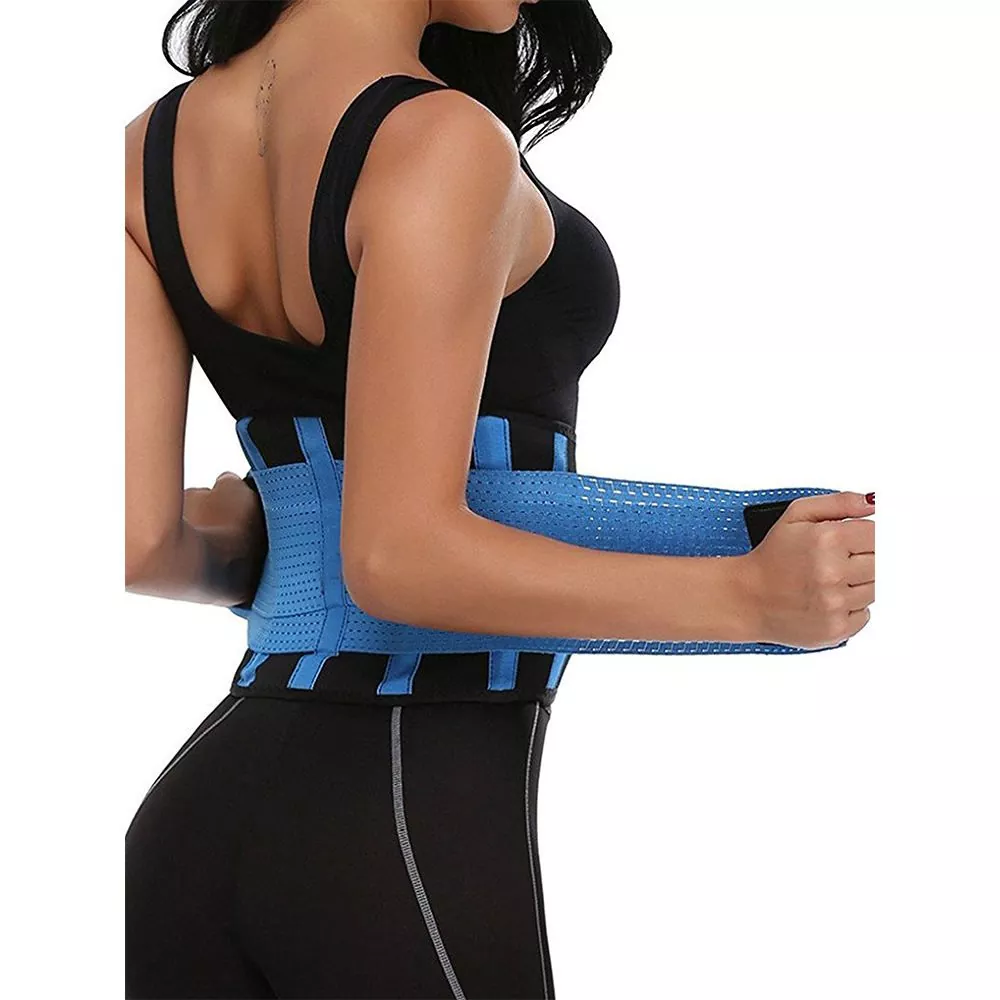

1. Foster-Schubert KE, Alfano CM, Duggan CR, et al. Effect of diet and exercise, alone or combined, on weight and body composition in overweight-to-obese postmenopausal women. Obesity (Silver Spring). 2012;20(8):1628-1638.
2. Jakicic JM, Marcus BH, Lang W, Janney C. Effect of exercise on 24-month weight loss maintenance in overweight women. Arch Intern Med. 2008;168(14):1550-1559.
3. King NA, Hopkins M, Caudwell P, et al. Individual variability following 12 weeks of supervised exercise: identification and characterization of compensation for exercise-induced weight loss. Int J Obes (Lond). 2008;32(1):177-184.
4. Larson-Meyer DE, Heilbronn LK, Redman LM, et al. Effect of calorie restriction with or without exercise on insulin sensitivity, beta-cell function, fat cell size, and ectopic lipid in overweight subjects. Diabetes Care. 2006;29(6):1337-1344.
5. O'Rourke RW. Inflammation in obesity-related complications. Surgery. 2009;145(3):255-259.
6. Rothberg AE, McEwen LN, Kraftson AT, et al. Factors contributing to failure to achieve weight loss goals: baseline predictors and outcomes of a trial employing telephone counseling. BMC Fam Pract. 2008;9:1.
7. Silva AM, Shen W, Heo M, Gallagher D, Wang Z, Sardinha LB. Ethnicity-related skeletal muscle differences across the lifespan. Am J Hum Biol. 2010;22(1):76-82.
8. Tremblay A, Venables MC, Janssen I, et al. Adipose tissue accumulation, physical activity, and insulin sensitivity in young adults. J Appl Physiol (1985). 2003;94(6):2230-2235.
9. Vandevijvere S, De Bourdeaudhuij I, D'Hoore W, et al. Relationship between physical activity and overweight and obesity in children: does watching TV matter? Eur J Public Health. 2011;21(2):171-177.
10. Weiss EP, Fontana L. Caloric restriction: powerful protection for the aging heart and vasculature [published correction appears in Am J Physiol Heart Circ Physiol. 2012 Dec 1;303(11):H1431]. Am J Physiol Heart Circ Physiol. 2011;301(3):H1205-H1219.